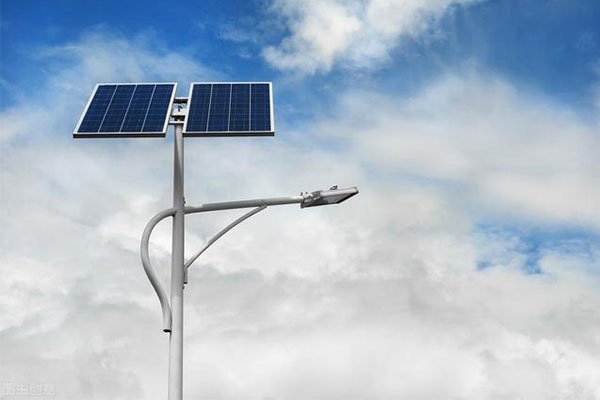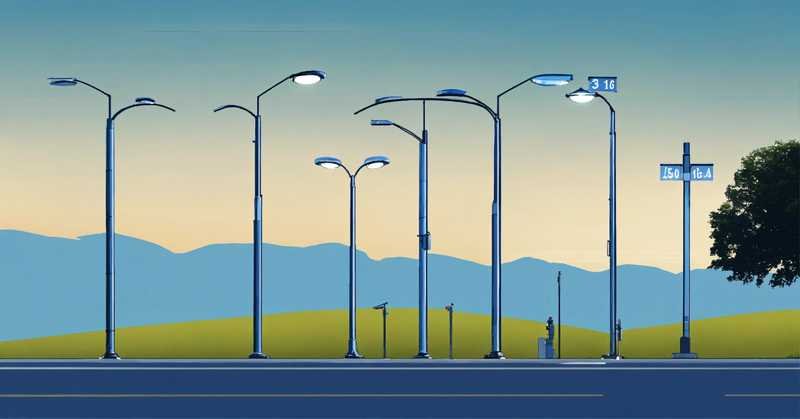Choosing flood lighting for a large outdoor space isn’t just about brightness—it’s a long-term financial and operational decision.
While traditional flood lights appear cheaper upfront, solar-powered systems often win in overall savings. This article compares both systems across cost, performance, maintenance, and sustainability—helping facility managers and planners make an informed choice.
How Each System Works: A Quick Overview
Before comparing costs, here’s what you’re dealing with:
| System Type | Description |
|---|---|
| Traditional Flood Lights | Grid-powered, usually LED, halogen, or metal halide. Requires trenching and wiring. |
| Solar Flood Lights | Self-contained units with solar panel, battery, controller, and LED. Operate off-grid. |
Both types offer strong illumination—but their costs, installation, and operating models differ entirely.
Cost Comparison Breakdown: Solar vs Traditional
| Category | Solar Flood Lights | Traditional Flood Lights |
|---|---|---|
| Upfront Cost | Higher (includes panel + battery) | Lower per unit |
| Installation | Minimal – no wiring/trenching required | Expensive – trenching, cabling, labor needed |
| Energy Costs | $0 – off-grid | Recurring utility bills |
| Maintenance | Battery change every 5–10 years | Bulb/ballast changes, electrical service |
| Lifespan | 5–12 years (quality-dependent) | 5–8 years (with consistent upkeep) |
| ROI Period | 2–4 years typical | Rarely breaks even due to energy costs |
Do solar flood lights save money?
Yes, solar flood lights can save thousands over time by avoiding energy bills, trenching, and reducing maintenance needs.
Total Cost of Ownership (TCO): A Real-World Example
Let’s say you need to light a 10,000m² parking lot with 20 flood lights.

Traditional Flood Lights:
- Initial Fixture Cost: $300 × 20 = $6,000
- Installation: Trenching, cabling = $10,000+
- Energy Use: $60/month/light × 20 = $1,200/year
- 5-Year TCO: ~$22,000+
Solar Flood Lights:
- Initial Fixture Cost: $500 × 20 = $10,000
- Installation: Pole mounting = $2,000
- Energy Use: $0
- Battery Replacement (after 6–8 yrs): $3,000 (future)
- 5-Year TCO: ~$12,000
🔎 Solar system pays back in ~2.8 years and saves $6,000–$10,000 in 5 years.
Performance Considerations
| Performance Factor | Solar Flood Lights | Traditional Flood Lights |
|---|---|---|
| Brightness | Comparable with high-lumen LEDs | Consistent and customizable |
| Runtime | 8–12 hours (if properly sized) | Continuous (grid-dependent) |
| Weather Impact | Affected by sun availability—needs autonomy | Works regardless of weather |
| Grid Outages | Remains on (off-grid) | Fails during outages unless on backup systems |
Modern solar systems with LiFePO₄ batteries and MPPT controllers offer strong performance even during cloudy periods—if properly sized.
Environmental and Compliance Factors

| Factor | Solar Flood Lights | Traditional Flood Lights |
|---|---|---|
| Carbon Emissions | None (uses renewable solar energy) | High (depends on grid/fossil fuels) |
| Incentives | Eligible for green building credits | Often ineligible |
| Sustainability Rating | High (net-zero potential) | Low to medium |
Solar flood lights support ESG goals, reduce carbon footprints, and align with LEED, BREEAM, and other green standards.
When to Choose Each System
Choose Solar Flood Lights if:
- You want long-term savings and ROI
- Avoiding trenching is important (e.g., historic areas, remote zones)
- Your location receives consistent sunlight
- Off-grid operation improves security or reliability
Choose Traditional Flood Lights if:
- You already have electrical infrastructure in place
- Lighting needs are 24/7 and mission-critical
- You need ultra-high brightness for short-term events or sports use
📌 Pro Tip: Some facilities install hybrid systems, combining both for backup or tiered lighting strategies.
Conclusion: Solar Wins Long-Term—If You Size It Right
Solar flood lights have higher upfront costs—but deliver huge savings over time.

With zero energy bills, minimal installation, and low maintenance, they can pay for themselves in under 3–4 years. For large outdoor spaces, solar is almost always the more cost-effective choice—especially in sun-rich regions.
✔️ Match the system to your local sunlight conditions, coverage needs, and autonomy requirements, and solar lighting can outperform grid systems in both cost and reliability.
FAQs
How long does it take for solar flood lights to pay for themselves?
Typically 2–4 years, depending on energy costs, installation savings, and system sizing.
Do solar flood lights work in cloudy weather?
Yes, if the system is designed with enough panel capacity and battery autonomy (2–3 days of backup recommended).
What are the hidden costs of traditional flood lighting?
Trenching, cabling, permits, labor, monthly electricity bills, and ongoing maintenance (bulb/ballast replacements).
Is solar lighting bright enough for commercial use?
Yes. Commercial solar flood lights can deliver 6,000–15,000+ lumens and match grid-powered lighting for most industrial, security, and area lighting needs.







